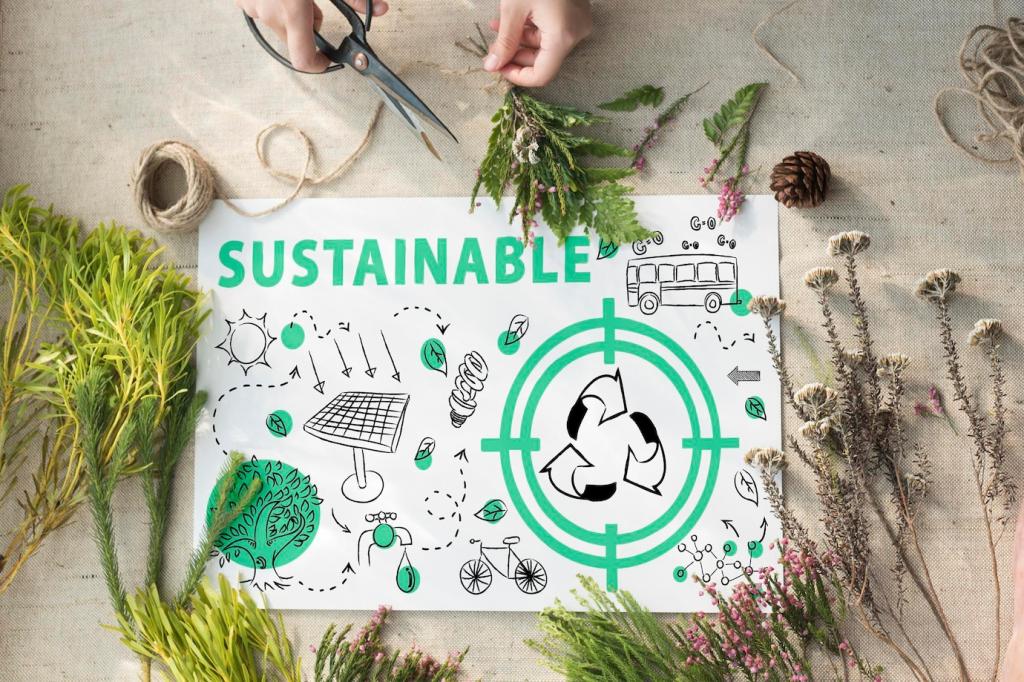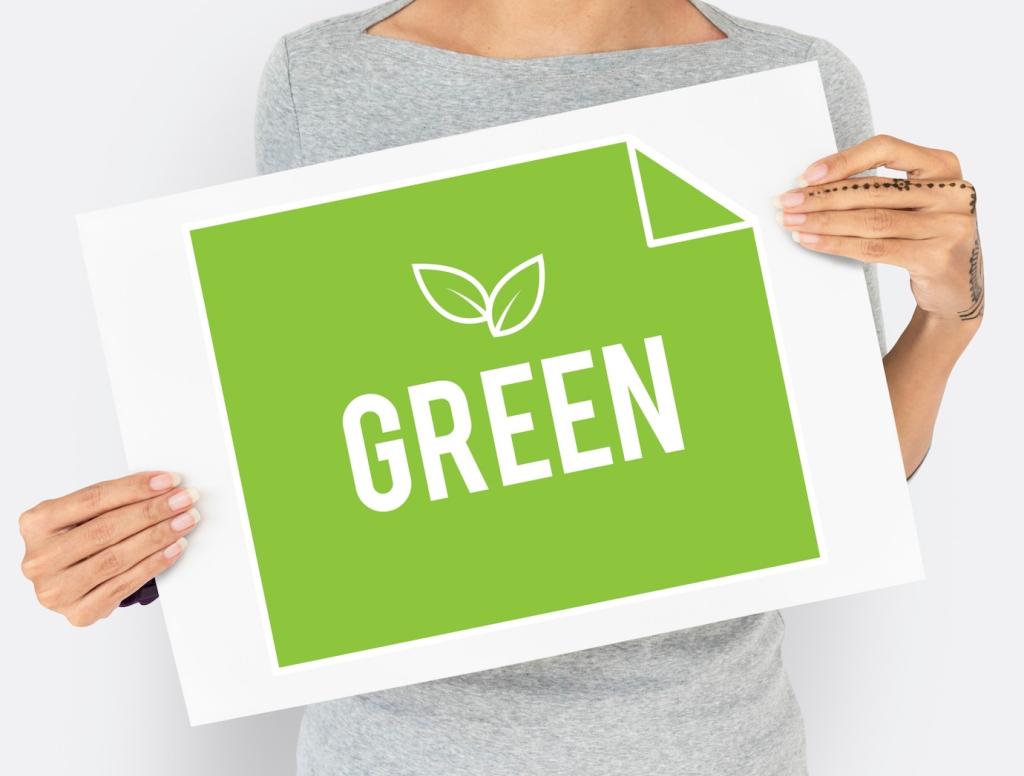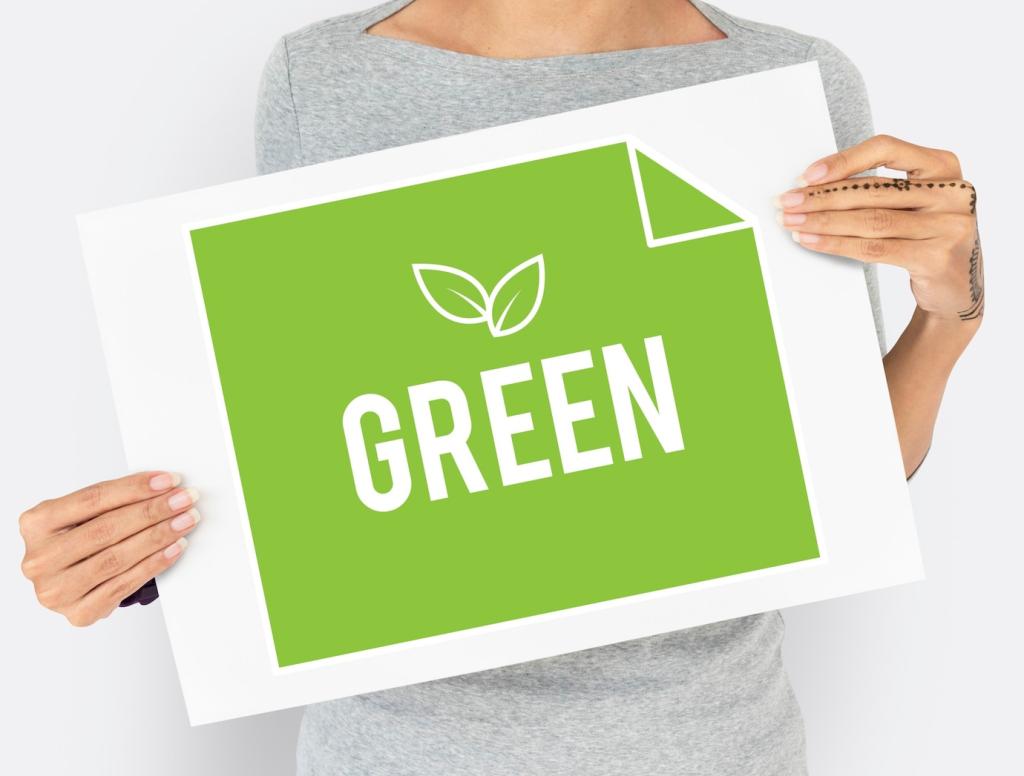
Earned Influence for a Greener Tomorrow
Chosen theme: Ethical Persuasion Techniques for Green Audiences. Welcome to a space where trust comes first, impact is measurable, and inspiration replaces pressure. Join us as we explore honest ways to motivate meaningful, sustainable action.
Understand Green Values Without Assumptions
Transparency and Consent Are Non-Negotiable
Tell people exactly what you’re asking and why, then let them choose freely. Clear consent forms, plain-language privacy notes, and easy opt-outs turn wary readers into long-term allies. Share your approach in the comments today.
Mapping Motivations: Health, Savings, Justice, and Legacy
Not every green audience acts for the same reasons. Some prioritize cleaner air for their kids, others value savings or fairness. Segment with empathy, not stereotypes, and invite readers to self-identify their priorities.
Evidence Over Hype: Lifecycle Proof Beats Slogans
Back claims with third-party certifications, lifecycle data, and peer-reviewed sources. A concise chart can outshine flashy copy, especially with green readers. If a claim cannot be verified, rework it or remove it entirely.
Impact Anchors, Not Guilt
Replace finger-pointing with empowering impact frames. For example, show how a family’s composting reduced landfill waste by measurable kilograms, then invite readers to try a similar pilot. Subscribe for weekly impact prompts you can adapt.
A Neighbor as Protagonist, Not a Perfect Hero
Share local voices with relatable challenges. A gardener who failed at rain barrels twice before succeeding is more believable than a flawless influencer. Encourage comments from readers who learned through trial and error.
Calls-to-Value, Not Calls-to-Fear
Instead of scare tactics, speak to shared values: cleaner parks, healthier meals, resilient neighborhoods. Offer a small first step—like a two-week plastic audit—and celebrate progress publicly, not perfection privately. What first step will you take?


Privacy-First Personalization
Invite readers to volunteer preferences—home energy, food waste, transit—explaining exactly how it improves their experience. Offer a concise summary: what you share, how it helps, when it’s deleted. Would you opt in to that clarity?
Privacy-First Personalization
If you recommend a bike-route guide, say why: distance, safety rating, and reader-stated goals. Explanations transform persuasion into partnership. Ask readers to vote on which explanations feel most helpful and least intrusive.



Track consent rates, clarity scores, unsubscribe friction, and time-to-answers for support. Pair conversion metrics with dignity metrics. Ask readers which humane indicators they want to see reported in our quarterly transparency post.
Measure What Matters Ethically
Quantify avoided emissions alongside behavior shifts like repair frequency or transit swaps. Publish assumptions, ranges, and uncertainties. Invite experts and readers to challenge methods, and update dashboards when findings evolve.
Measure What Matters Ethically
Mini Case Stories: Ethics in Action
A co-op used plain-language contracts, transparent payback calculators, and kitchen-table Q&A nights. Signups grew steadily because neighbors felt informed, not rushed. What single clarity tool would help your community decide confidently?
Mini Case Stories: Ethics in Action
Rather than urgency countdowns, they offered route tryouts and injury-prevention workshops. Signups rose after people felt safer and seen. Share how your city could encourage first rides without intimidation or pressure.


